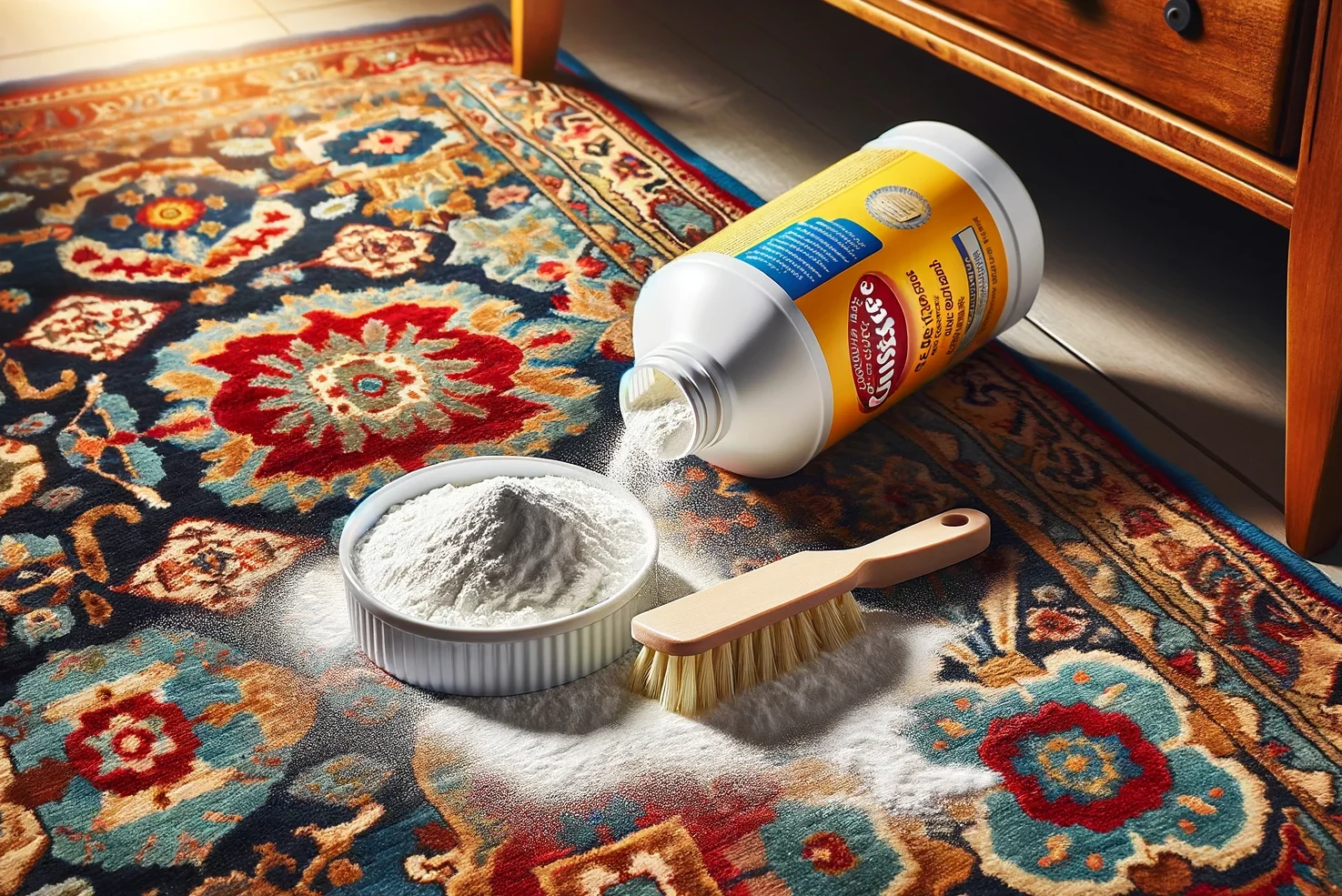Persian Rugs Inspired Gift Ideas
Our Amazon Selection of Best Presents for Traditional Persian Culture Lovers
Explore below unique gift ideas that celebrate the craftsmanship and storied history of Persian rugs. Discover the perfect blend of tradition and elegance with our cool collection of Persian rug-inspired gifts.
We tried to select each piece with a connection to the rich heritage and intricate artistry of Persian culture, to bring a touch of timeless beauty to your home or the lives of your loved ones.
Small Persian/Oriental Inspired Gadgets
Persian & Oriental Design Cushions & Pillow Cases
Persian & Oriental Vintage Blankets
Persian & Oriental Design Rugs
Persian/Oriental Culture Books, Notebooks & Stationery
Carpet Cleaning Products
Persian Rugs Origins and Historical Significance
The origins of Persian rugs date back to ancient Persia, now Iran, over 2,500 years ago. The earliest known example, the Pazyryk carpet, discovered in a Scythian burial mound in Siberia in the 1940s, dates back to the 5th century BCE. This discovery highlighted the advanced state of weaving and the aesthetic complexity of Persian rug design even in ancient times.
Persian rugs were initially crafted for practical purposes, to cover the floors of the nomadic tribes of Persia. Over time, they became a symbol of wealth, prestige, and artistry. By the time of the Sassanian Empire (224-651 CE), Persian carpets were renowned throughout the ancient world, valued for their intricate designs and superb craftsmanship.
Evolution of Design and Technique
The evolution of Persian rugs over the centuries has been influenced by cultural exchanges, historical events, and technological advancements. The designs evolved from simple motifs inspired by the natural surroundings of the weavers to more elaborate patterns featuring floral designs, animal figures, and geometric shapes. The introduction of Islamic motifs after the Arab conquest of Persia in the 7th century added a new dimension to rug designs, incorporating calligraphy and motifs inspired by Islamic architecture.
The Mongol invasion in the 13th century and the subsequent establishment of the Ilkhanate introduced Chinese influences, such as cloud bands, dragons, and phoenixes, into Persian rug designs. The Safavid dynasty (1501-1722) is often considered the golden age of Persian rug making, with the establishment of royal workshops and the introduction of silk threads and gold and silver filaments, elevating the craft to unprecedented levels of artistry and luxury.
Persian Rug Types
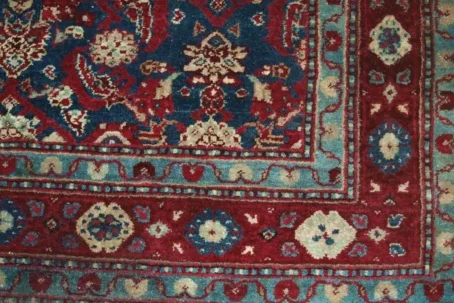
Agra Rugs
Mughal-inspired, intricate floral designs, rich deep colours, fine wool, from Agra, India, since the 16th century.
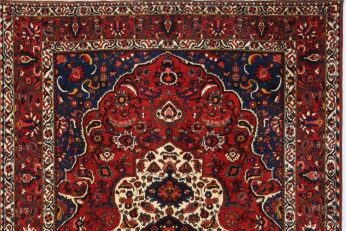
Bahktiari Rugs
Handwoven by nomadic tribes in Iran, bold patterns, vibrant colours, garden motifs, durable wool, since the 19th century.
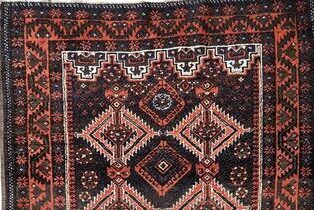
Baluch Rugs
Tribal, geometric designs, deep blues, reds, earth tones, wool, handwoven by Baluch nomads in Iran, Afghanistan, Pakistan.
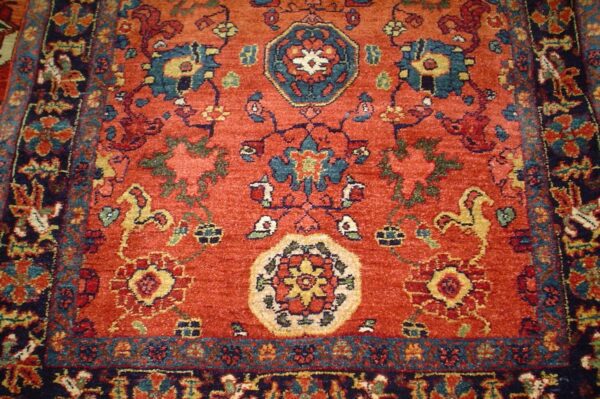
Bijari Rugs
Known as "Iron Rugs" of Iran, tight weave, heavy, durable, intricate designs, deep reds and blues, since 19th century.
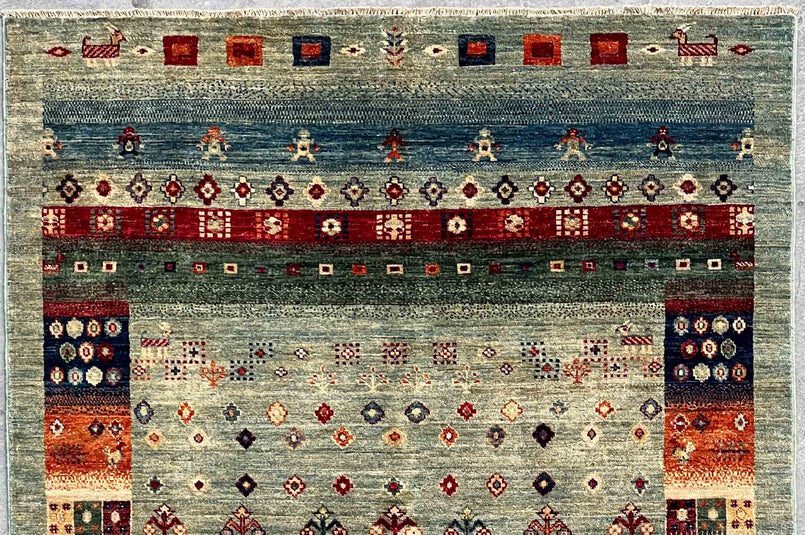
Gabbeh Rugs
Simple, primitive patterns, thick wool pile, vibrant natural dyes, handwoven by Iranian nomads, since late 19th century.
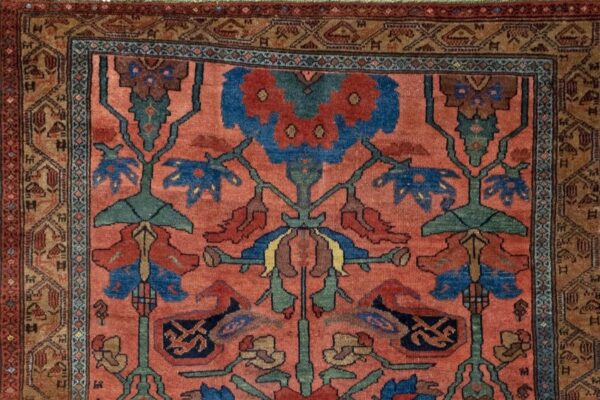
Hamadan Rugs
Diverse designs, sturdy, geometric patterns, medallions, vibrant colours, wool, from Hamadan region of Iran, since ancient times.

Heriz Rugs
Strong, geometric patterns, central medallion, durable wool, rich reds and blues, from Heriz, Iran, since early 19th century.
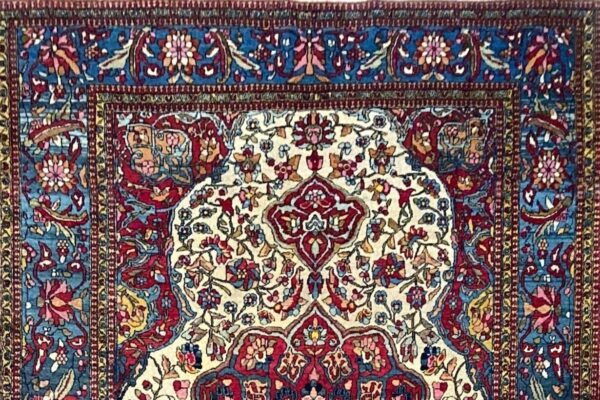
Isfahan Rugs
Fine, intricate patterns, silk and wool, sophisticated floral designs, vibrant colors, from Isfahan, Iran, since the 16th century.
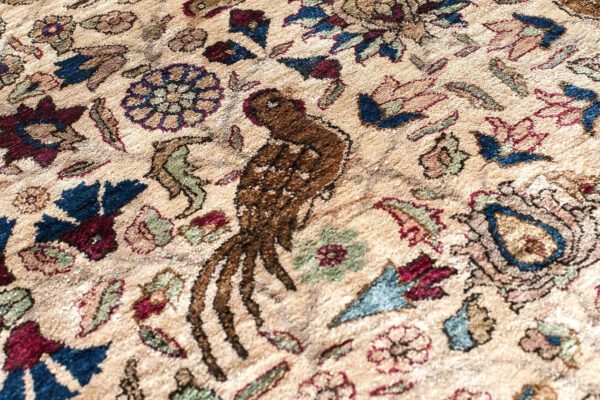
Kashan Rugs
Elegant floral designs, high-quality wool and silk, rich colours, precise craftsmanship, from Kashan, Iran, since the 17th century.
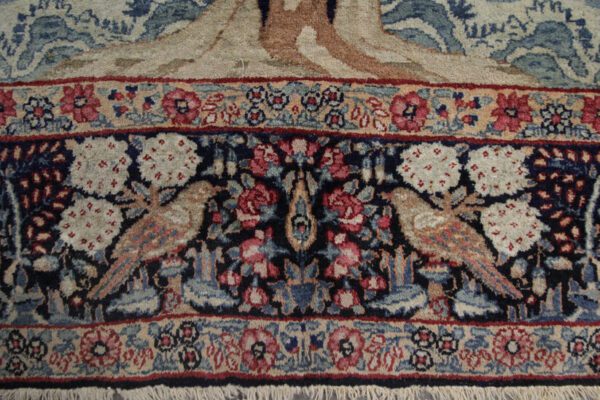
Kerman Rugs
Luxurious, detailed floral and garden designs, soft wool, pastel to rich colors, from Kerman, Iran, since the 15th century.
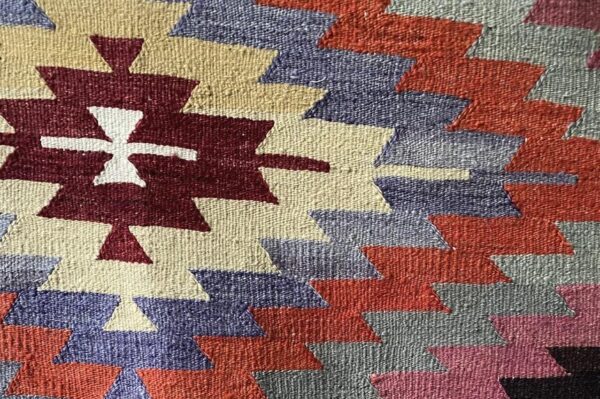
Kilim Rugs
Flat-woven, no pile, geometric and tribal patterns, bright colours, wool, traditional in Turkey, Iran, and the Balkans.
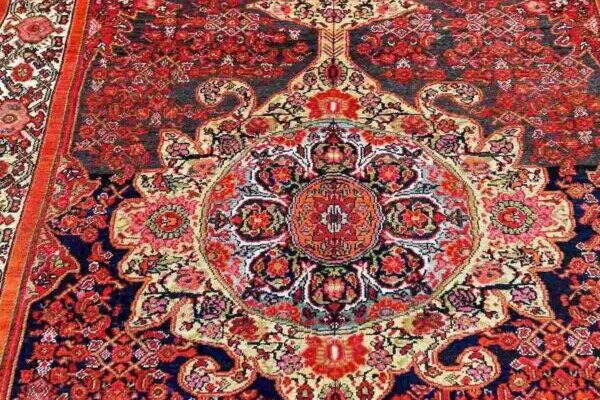
Malayer Rugs
Small to mid-size, intricate motifs, predominantly dark blue and red, durable wool, from Malayer, Iran, since the 19th century.
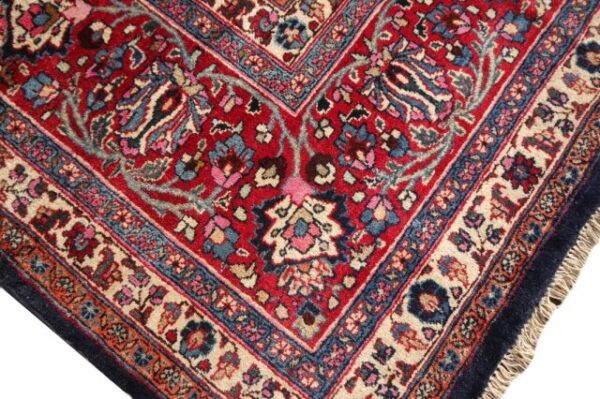
Mashad Rugs
Large, intricate floral designs, deep reds, blues, soft wool, from Mashad, Iran, central medallion, since the 19th century.
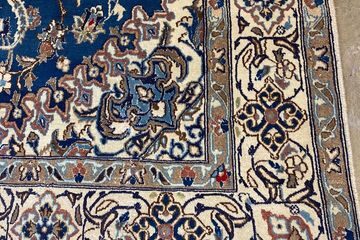
Nain Rugs
High knot density, fine wool and silk, intricate floral and medallion designs, light colours, from Nain, Iran, since 20th century.
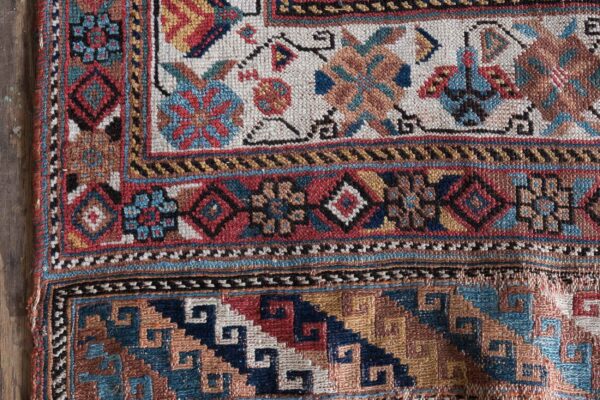
Qashqai Rugs
Bold, tribal patterns, vibrant colours, handwoven wool, produced by Qashqai nomads in Iran, since the 19th century.
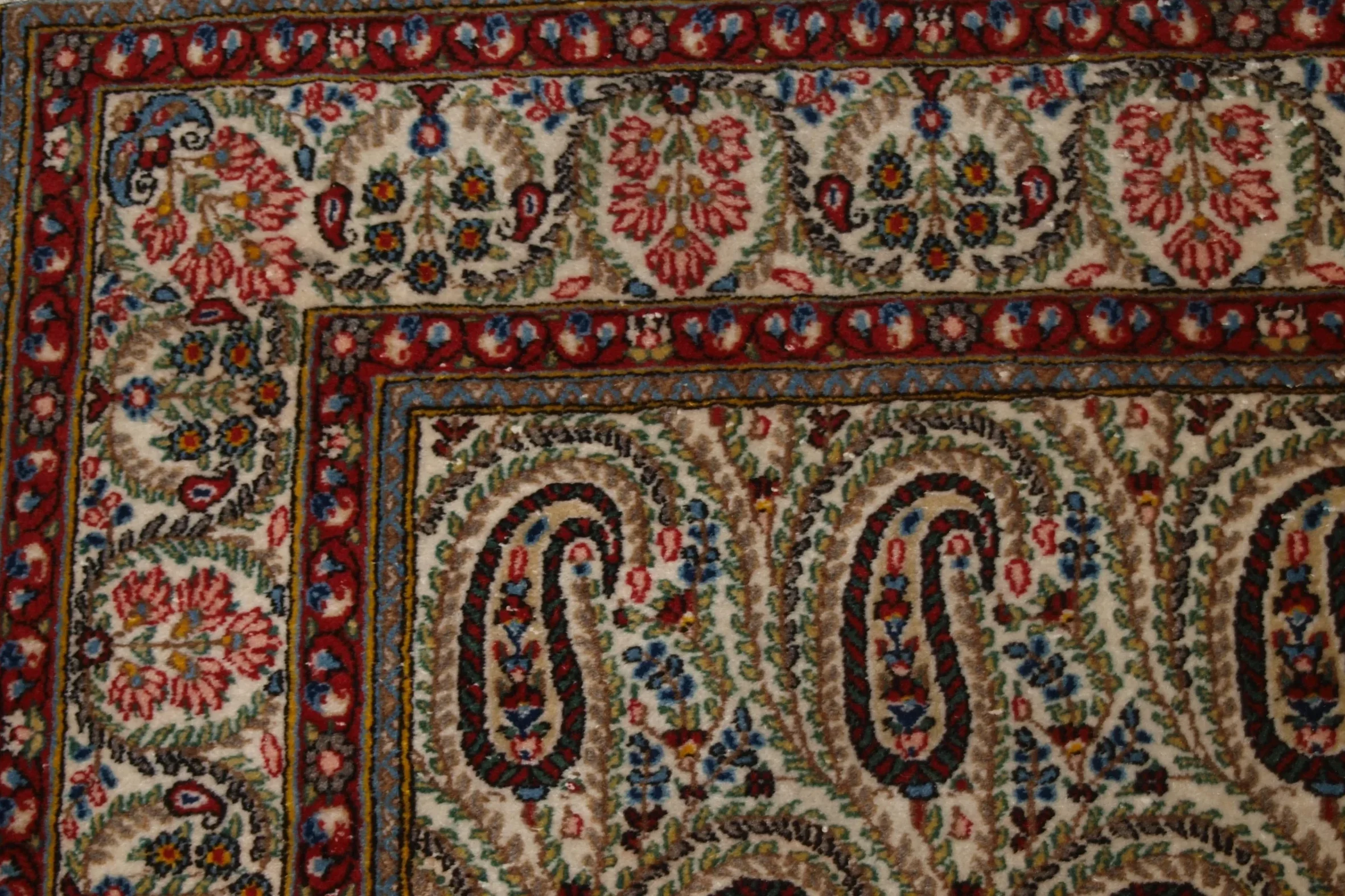
Qum Rugs
Luxurious silk, fine knotting, detailed floral and medallion designs, vibrant colours, from Qum, Iran, since early 20th century.
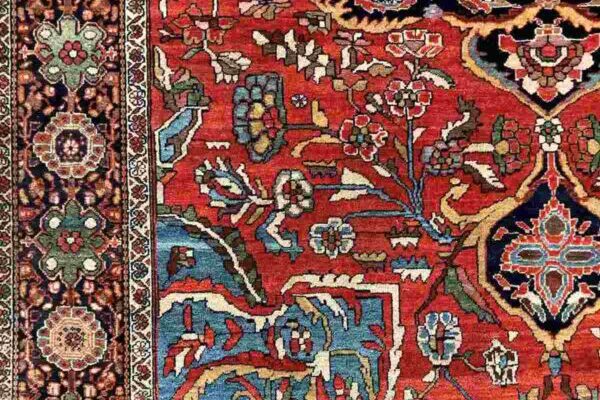
Sarouk Rugs
Dense pile, floral motifs, rich reds and navies, durable wool, from Sarouk, Iran, handwoven since the late 19th century.
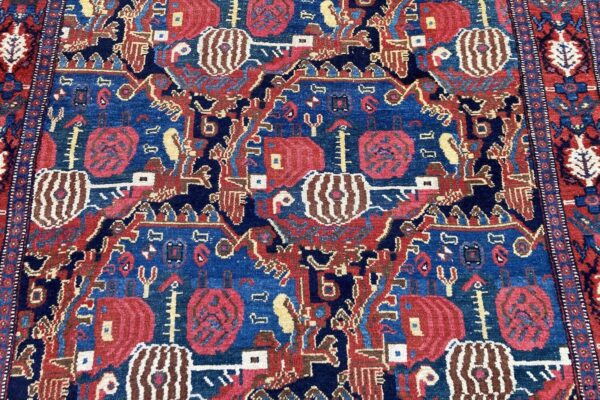
Senneh Rugs
Fine, tight weave, intricate geometric & floral designs, high-quality wool, from Sanandaj (Senneh), Iran.
Joe Rugs - Carpet Expert
Hello! I'm Joseph Rugs, the founder of CarpetJoe.com and your guide through the intricate world of carpets. Born and raised in London with a deep-rooted passion for art and culture, I've explored the globe to bring the rich tapestry of carpet weaving right to your screen. My academic background in arts and humanities from Oxford has fuelled my curiosity, leading me to uncover the stories behind every knot and weave. As a family man, my adventures are shared with my loved ones, enriching our lives with every piece of art we encounter. Join me as we explore the beauty and craftsmanship of carpets together.
Persian Rugs Care & Maintenance
Rug Cleaning Mastery and Solutions to Common Damages
Understanding the proper techniques for rug cleaning is essential for maintaining their beauty and longevity. Regular vacuuming is a key step in preventing dust and dirt accumulation. However, deeper cleaning methods, such as steam cleaning or dry cleaning, are necessary for removing stubborn stains and embedded dirt.
Steam cleaning, or hot water extraction, is particularly effective for thorough cleaning and sanitizing.
For delicate rugs, dry cleaning with special powders or solvents is advisable.
Frequently Asked Questions
Cleaning Persian rugs involves gentle care. Regular vacuuming without a beater bar is essential.
For stains, use a mild detergent mixed with water and gently dab the area. Avoid using harsh chemicals and excessive water, which can damage the rug's fibres.
For thorough cleaning, professional rug cleaning services are recommended.
Persian rugs are special for their rich history, unique designs, and intricate craftsmanship.
They are hand-knotted with great skill and often take months or years to complete.
The designs of Persian rugs are culturally significant, often inspired by Persian art, history, and nature. They are also known for their durability and high-quality materials like silk and wool, making them valuable and long-lasting.
Persian rugs often symbolize the cultural, historical, and artistic heritage of Iran. The motifs and patterns in these rugs can represent a variety of themes, including prosperity, happiness, and stories from Persian folklore. They are also seen as symbols of luxury and sophistication, reflecting the artistic skill and tradition of the Persian weavers.
Persian rugs are valuable due to their intricate handcrafted designs, high-quality materials, and cultural significance. The labor-intensive process of hand-knotting, combined with the use of natural dyes and fibers, results in a product that is not only beautiful but also durable. Antique Persian rugs, especially those that are well-preserved and have historical significance, are highly sought after and can be quite valuable.
The main differences between Persian and Turkish rugs lie in their origin, design, materials, and knotting techniques. Persian rugs are from Iran and often feature intricate floral motifs with silk inlays, while Turkish rugs are from Turkey, known for geometric patterns and tribal designs.
A real Persian rug is hand-knotted, and you can see the knots on the back of the rug. The design on the back should be as clear as on the front. Authentic rugs often have slight imperfections and variations in color due to the natural dyes and handcrafting process.































